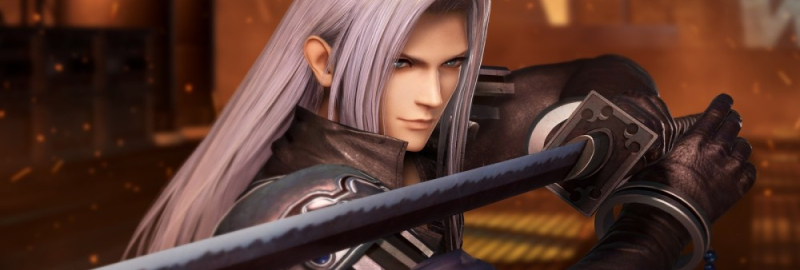
In the realm of high-stakes gaming showdowns, the Final Fantasy series continues to push the boundaries of visual fidelity and performance. The latest buzz among gaming enthusiasts centers around the Final Fantasy VII Rebirth demo, which has been quietly stealing the spotlight. With discussions swirling, the insights from Digital Foundry's recent podcast offer a fascinating peek behind the pixel curtain. It appears that this reimagined classic not only holds its own but, in certain respects, outperforms one of its newest series' successors, Final Fantasy XVI.
The comparison between the two revered titles sheds light on some intriguing technical details that tip the scale in favor of Final Fantasy VII Rebirth. For starters, the pixel count in the demo's Performance Mode is touted at an admirable 1440p - a notably higher resolution than that of Final Fantasy XVI's equivalent mode. This difference marks a sharp edge in visual clarity, contributing to a crisper, more immersive gameplay experience for Final Fantasy VII enthusiasts.
Furthermore, the perceived stability of the demo in its Performance Mode has caught the attention of gamers and analysts alike. While a detailed performance metric was not released, early hands-on encounters suggest a smoother, more consistent frame delivery, which is integral to maintaining the flow and enjoyment during play. Despite its Quality Mode being criticized for a perceptible lack of fluidity, such concerns seem to stem more from specific design choices, such as motion blur and the transition from a buttery-smooth Performance Mode, rather than inherent technical shortcomings.
However, the demo isn't without its visual challenges. Critics have noted some inconsistency in the visual presentation, pointing to a disparity in texture quality and shadow rendering at varying distances. These factors sometimes produce a less-than-pristine environment that could detract from the full potential of the game's aesthetic achievements.